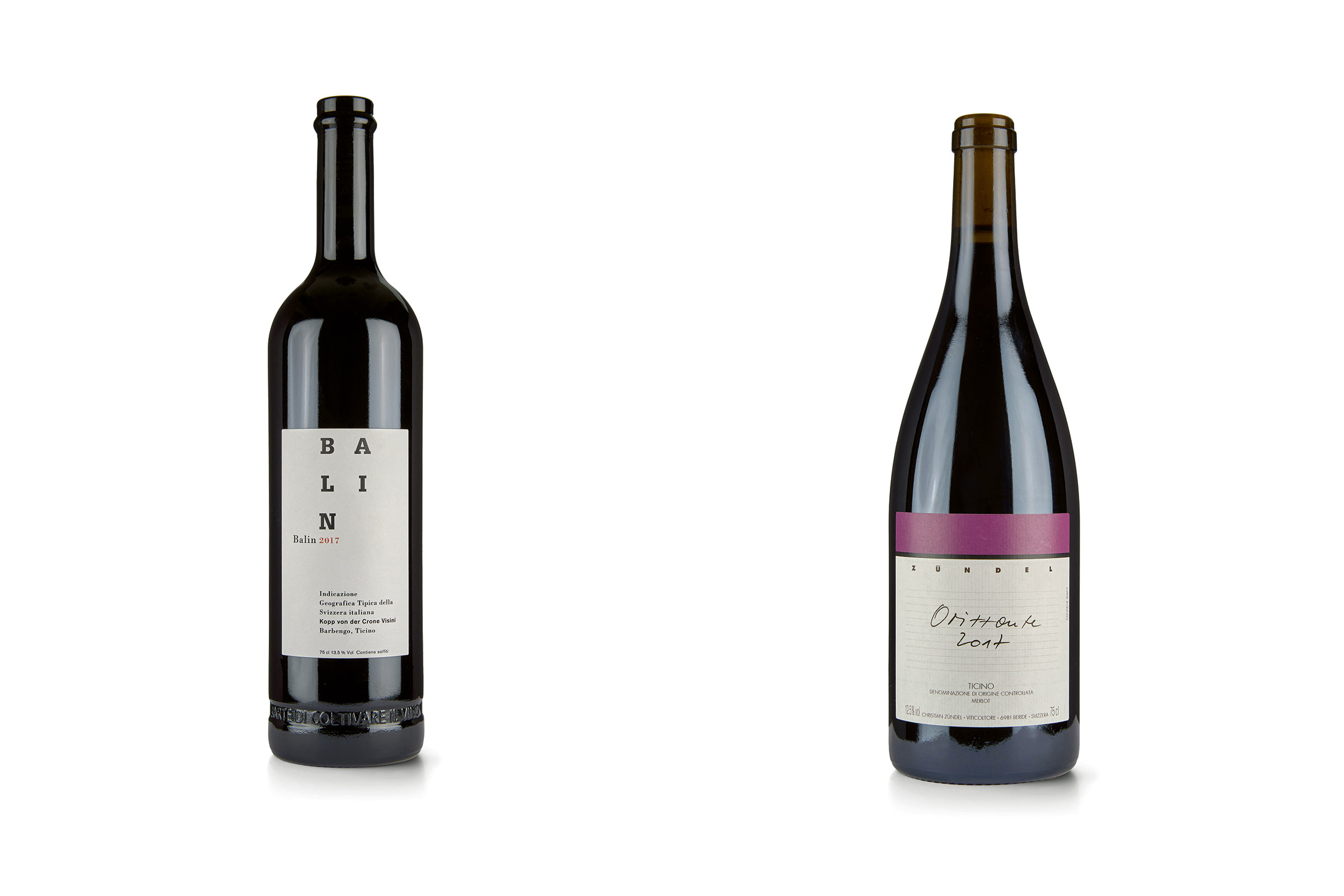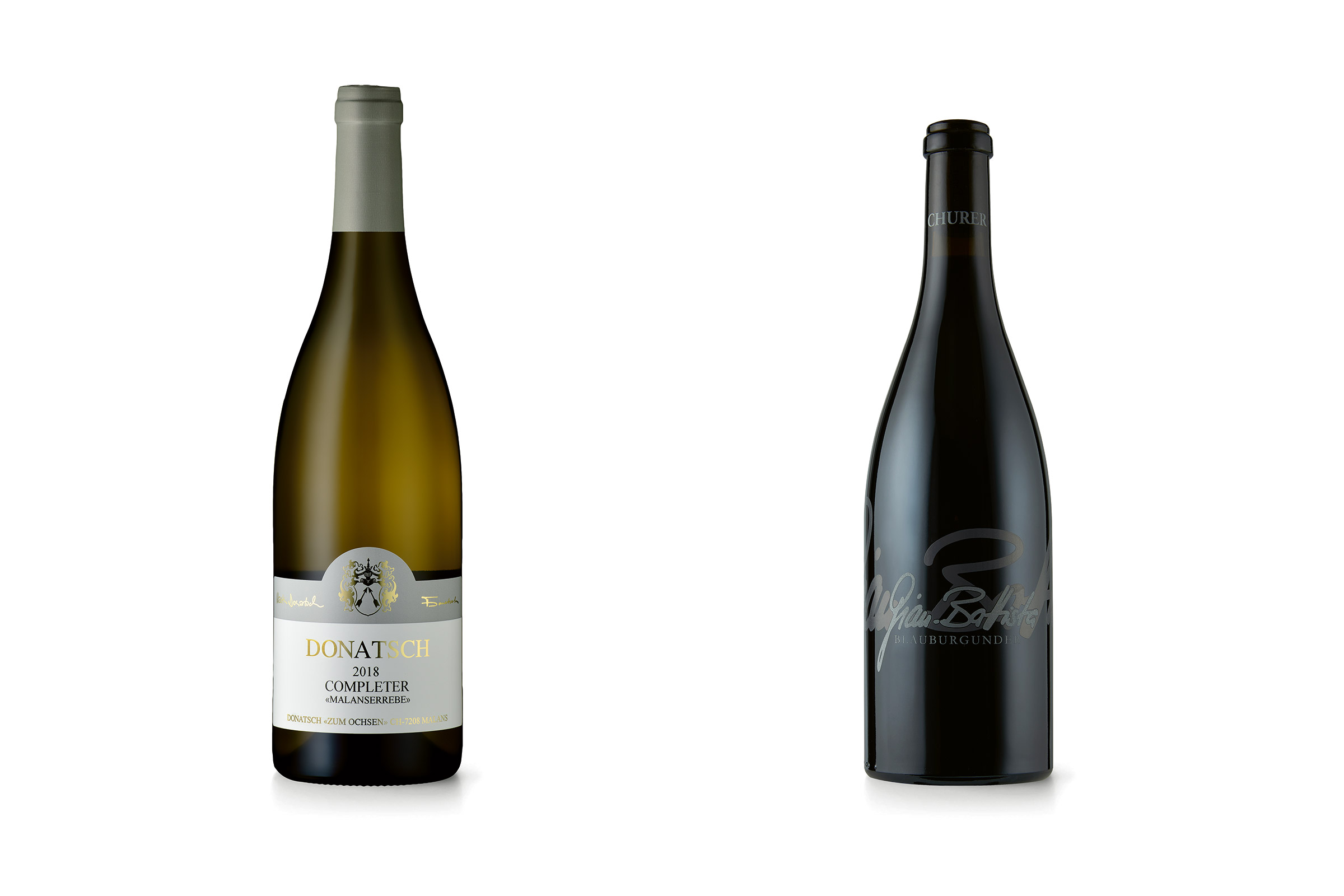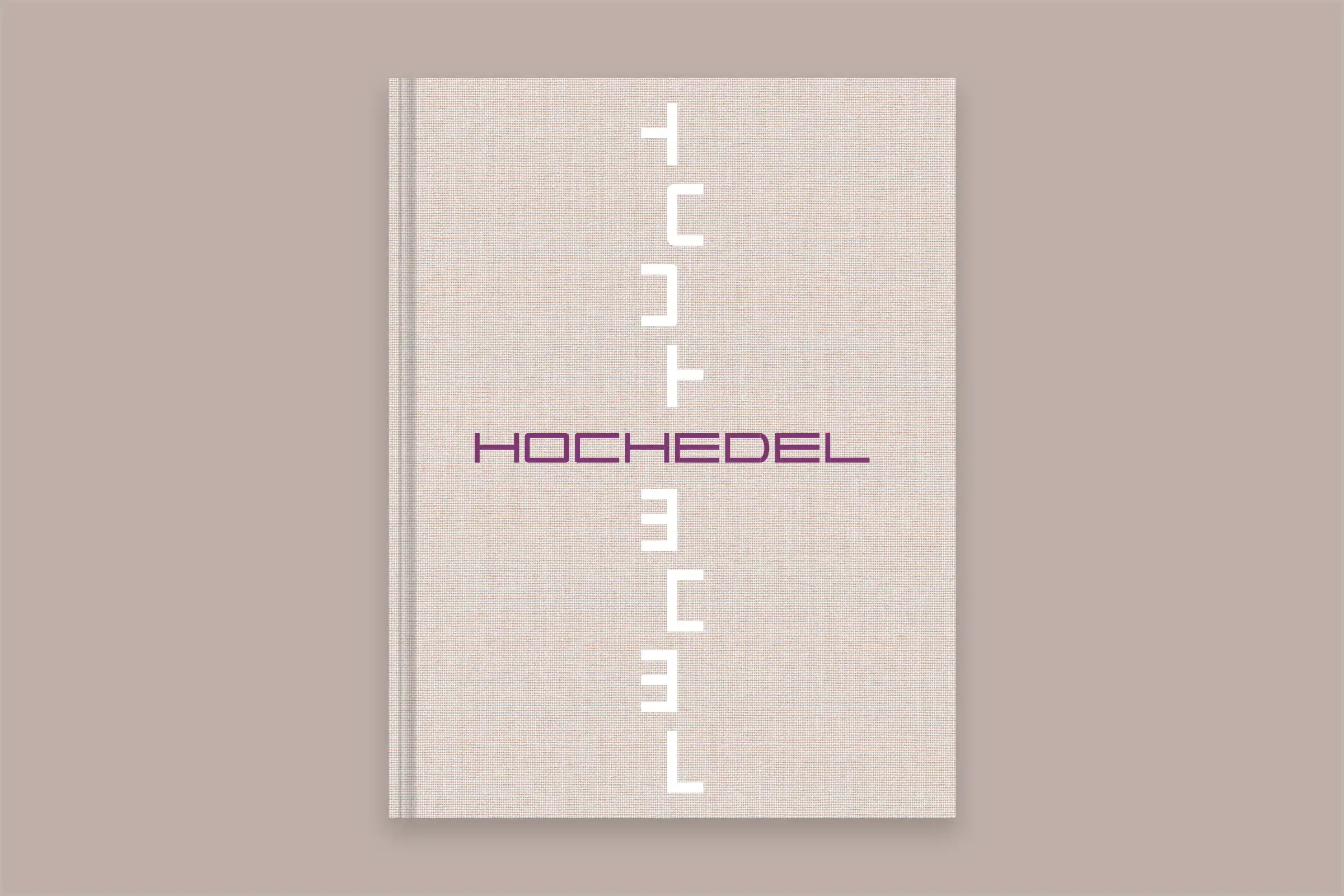
France, Italy, South Africa or New Zealand generally come to mind when you think of vine regions. Although few people realise that Switzerland also has a wide range of first-class wines thanks to its variety of climatic and geological conditions, Swiss wines can definitely hold their own in international quality standards. You will taste that for yourself as soon as you try the recommendation of the sommelier at the Chedi Andermatt. In front of me stands a glass of Pinot Noir from the Adank winery in the Canton of Grisons: a secret tip, deep red, vigorous and aromatic. Perfect with cheese, which of course is a must here in Switzerland as well as one of the specialities of this establishment: the five-metre-high glass tower in 'The Restaurant' houses a variety of cheeses at the perfect temperature, making the heart of every cheese lover beat faster. Despite the establishment’s international standards and the cosmopolitan concept, harmoniously combining Asian and Alpine elements, details like this nevertheless let love of a homeland shine through. High-class accommodation without a stiff 5-star corset, authentic enjoyment in the tranquil idyll of a Swiss mountain village – here you can enjoy a wonderfully relaxing break.

The sight of the Schoellenen Gorge, through whose rockfalls the wild waters of the Reuss River tumble into the valley, makes you realise that Andermatt is still a mountain village: pristine, rough and beautiful. Its high mountain valley location and good accessibility from all directions – Zurich, Munich or Milan – has made the town an insider address that charms visitors all year round. You can, for example, enjoy a stroll between historic houses and small alleys, chic boutiques and cool après-ski bars. Right in the middle of it all, nature lovers, hikers, bikers and skiers will find the Chedi Andermatt, which means 'temple' in Thai, and considering its inspiring architecture and high standard of comfort it fully lives up to its name. Enjoyment is the name of the game here – and well deserved after today’s exhilarating trip to Lake Lucerne. The lake, says the sommelier of The Restaurant, which has been awarded 14 GaultMillau points, provides for a balanced mild climate throughout the year, which in turn ensures that the grapes ripen perfectly. The rich soil produces elegant and refined red and white wines that I would love to taste.

Mmmm... A genuine delight that I am being offered here in the Wine Library. The Pinot Noir from Grisons develops a full-bodied, fruity aroma and its quality can easily compete with that of a French Burgundy. So why haven’t Swiss wines long since joined the international league of fine wines? This is precisely what the 'Mémoire des Vins Suisses' (memoire.wine) aims to achieve: make the often still unknown Swiss wine treasures accessible to a broader public on a national and international level. The initiative, which has drawn in the best wine producers in Switzerland and proven wine experts from Switzerland and abroad, documents the development and ageing processes of domestic varieties and confirms their high quality. The heart of the Mémoire is its treasure trove of currently around 25,000 bottles of wine, to which 3,500 new bottles are added each year. Once a year the public is given the opportunity to taste selected vintages. The Chedi Andermatt, with its wide range of wines from the region, thus makes a contribution that is as important as it is fitting for Swiss winegrowers.
It is important during this wine discovery tour to take a break and reflect on the many impressions of the day. Where better to do that than at the Chedi Andermatt spa? Wellness enthusiasts will not only find a wonderful bathing and sauna landscape here, but also get a feel for the establishment’s concept, which harmoniously combines Alpine and Asian elements. The Spa & Health Club, deeply rooted in Far Eastern philosophy, offers wonderfully relaxing treatments based on traditional Asian healing arts. The fact that the Chedi Andermatt has become
established as a spectacular alpine hideaway is attributable above all to Jean-Yves Blatt, the passionate hotelier and General Manager who has succeeded in positioning the 5-star deluxe hotel as an icon in the Swiss Alps. His understanding of newly defined luxury also includes regional elements: in the establishment’s architecture of local wood and large windows that let in the natural world; in the cuisine, focused on fresh or well-ripened regional delicacies; and in the leisure activities, which demonstrate pride in the home region and invite visitors to swarm out in all directions to discover the country, its people and its wines with the help of a specially created road book.
AMAZING ROAD TRIPS FROM ANDERMATT TO 4 SWISS WINE REGIONS

St. Gotthard Pass
From the municipality of Andermatt you can reach the wine terraces in the Canton of Ticino via the St. Gotthard Pass. Taking the old Tremola route over the pass instead of the motorway tunnel opened in 1980 brings its rewards: narrow hairpin bends wind their way through the mighty mountain landscape, and on some sections you can even look forward to driving over historic granite cobblestones. If you start from Andermatt and head towards Lake Lucerne, highlights such as the Devil’s Bridge and the Schoellenen Gorge await you.

The legendary St. Gotthard Pass is one of the central routes for crossing the Alps from north to south: the pass road connects Hospental in the Urserental valley with Airolo in the Canton of Ticino. The development of the pass, named after Bishop Godehardus of Hildesheim, began in the 13th century, when the Devil’s Bridge was built over the wild Schoellenen Gorge and the mule track was widened to allow carriages to travel over it. Much later, road and railway tunnels opened up further direct routes, establishing the section as the most important Alpine transit corridor between Switzerland and Europe – which holds true to this very day. The pass is also a cultural and linguistic cross-over point. German turns into Italian, which is reflected in the flair of the villages, in the mentality of the inhabitants, and in the cuisine. The scenery along the entire route is simply breathtaking – from the mystical atmosphere of the bizarre and rocky landscape to the idyll of picturesque little lakes, from the magnificent panoramic view of the four-thousand-metre peaks, to the relaxing drive over cobbled road sections on the southern flank. The spectacular serpentines on the way back down to Airolo are considered the longest construction of historic importance in Switzerland.
Furka Pass
To the west, the Canton of Uri borders on the Canton of Valais. The route to the many Valais wine regions leads from Andermatt over the Furka Pass. The well-built roads, which have featured in several James Bond scenes, offer pure driving pleasure while affording you stunning views of the surrounding mountain landscape. Stopping off at the highest point of the pass at 2,429 metres is just as worthwhile as at the vantage points where the Rhone Glacier and the four-thousand-metre peaks of the Eiger and Mönch look close enough to touch.
There is evidence that the Rhône valley was inhabited as early as the Neolithic Age and that the pass routes there were already being used then. Archaeological finds reveal that the Furka Pass was a trade route in the Bronze Age and later, around 15 BC, was marched over by Roman troops. Today the 2,439-metre high Furka Pass forms the border between the Cantons of Uri and Valais and connects the Urserental valley with the district of Goms via the main road 19. The scenic route with well-built asphalt roads at the foot of the Galenstock (3,583 m) and Dammastock (3,630 m) leads to the top of the pass. Shortly after crossing the highest point, you can enjoy breathtaking views of the mighty Rhône glacier from the height of the Hotel Belvédère, situated on the bend. From the village of Oberwald, the road runs parallel to the railway line used by the historic Furka steam train and the Swiss Alps Classic Express, which cross the pass through the Furka Base Tunnel. The Furka Pass, whose name comes from the Latin word 'furca', meaning a two-pronged fork, is closed from October to May. Taking this trip during the summer months is a truly unforgettable experience.
Grimsel Pass
'The journey is the destination': that becomes clear when you travel from Andermatt to the Bernese Oberland. The legendary high-altitude route over the Grimsel Pass branches off Furka road and winds its way up to Totensee lake with many exciting hairpin bends, passing Lake Grimsel and Rätherichsbodensee lake. Flanked on both sides by snow-covered massifs, the road leads down into the green valleys of the Obwalden and Lucerne wine regions or towards Lake Thun, on whose banks mainly Pinot Noir vines are cultivated.
The Grimsel Pass connects Innertkirchen in the Bernese Oberland with Gletsch in Valais. In Gletsch the pass road meets Furka road, which leads over the pass of the same name towards Andermatt. As early as the 14th century, the Grimsel Pass was crossed by muleteers carrying salt, wine, grain and other goods across the Alps with their pack animals. The historic mule track was developed in the 19th century into a modern high alpine road which, during the summer months, invites vintage car and motorhome drivers, motorbike riders, racing cyclists and mountain bike enthusiasts on a panoramic adventure tour down the road. The pass reaches its summit at an altitude of 2,164 metres on the Valais side. Driving through the wild, barren, massive granite rock mountain landscape is an adventure in itself. The reservoirs at various altitudes make the route even more attractive: Totensee lake just before the top of the pass, Lake Grimsel around just a few more hairpin bends, and Rätherichsbodensee lake at 1,767 metres. The River Aare, which follows the road down into the valley, turns into a turbulent whitewater course in the Aare Gorge shortly before flowing into Lake Brienz.

Oberalp Pass
The Oberalp Pass, bordering the Canton of Grisons, awaits those leaving Andermatt in an easterly direction. The serpentine route begins on the outskirts of the village and winds its way up to the idyllic Oberalp lake. The road takes you past mountain railways, eventually reaching the highest point of the pass at the eastern end of the lake. Sporty driving ability is definitely a plus heading down from the pass, as the Via Alpsu has several hairpin bends in store before the road reaches the wine growing areas in the Rhine Valley.
Oberalp Pass connects the villages of Disentis/Mustér in the Surselva in the Canton of Grisons with Andermatt in the Urseren Valley in the Canton of Uri. As this pass was easier to cross than the others, a lively trade relationship grew between Valais and Chur – as did the first settlement of Andermatt, mainly through the Walser migrations in the 13th century. The gentle ascent from Andermatt to the top of the pass at 2,046 metres above sea level not only offers magnificent views of the entire Urseren Valley and the Gemsstock; the deep blue Oberalp lake here at the pass is also worth the climb, which can only be made in summer. At the top of the pass, the only and highest lighthouse in the Alps rises into the sky. It symbolises the source of the Rhine, whose headwaters are just around the corner, and is modelled on the original at the mouth of the Rhine near Rotterdam. The road is somewhat more winding on the Grisons side, descending past the small village of Tschamut and then via Sedrun to Disentis. Not only the language changes here – into Romansh in the Surselva region – the cuisine of the region also offers a wide variety of delicious specialities.
Wines of Uri
Wine-growing area in the cantons of Uri, Obwalden and Nidwalden
- White grapes: 17,234 m2 (29 %)
- Red grapes: 41,487 m2 (71 %)
- Total: 58,721 m2 (100 %)
The wine culture in the Canton of Uri dates back to the year 1248. Five wine estates cultivate about six hectares today. Warm springs and sunny late summers, along with the warm, dry Foehn winds, ensure the excellent quality of the wines, including Pinot Noir, Diolinoir, Merlot, Cabernet Dorsa, Pinot Grigio, Riesling x Silvaner and Solaris.

Wines of Lucerne
Wine-growing area in the Canton of Lucerne
- White grapes: 342,228 m2 (54 %)
- Red grapes: 296,706 m2 (46 %)
- Total: 638,934 m2 (100 %)
The Seetal valley, Lake Lucerne, Wiggertal valley and Sempachersee lake/Surental valley regions enjoy the best climatic conditions for growing wine grapes in the Canton of Lucerne. The wide-ranging selection focuses less and less on the classic grape varieties and ever more on individual and successful producers, terroirs and wines.

SEEBURGHOF, Johanniter 2019
This extremely clear white wine has a medium colour intensity. Its overall intensity consists of a distinct minerality, lime and fresh mint. In the mouth, its fresh, balanced acidity dominates; in the finish, it has impressive length. It is a good companion to fish, poultry or cheese.
www.seeburghof.ch
WEINBAU OTTIGER, Pinot Noir Rosenau B 2018
Bold, youthful red; bouquet of medium intensity, notes of raspberries, cherries, violets; medium-long, smooth prelude on the palate, present acidity, distinctive tannin, aromas of red fruit, spicy, slightly viridescent; good length. Fresh, elegant, linear profile.
www.weinbauottiger.ch | www.memoire.wine
Wines of Ticino
Wine-growing area in the Canton of Ticino
- White grapes: 1,000,398 m2 (9 %)
- Red grapes: 9,923,823 m2 (91 %)
- Total: 10,924,221 m2 (100 %)
Its location in the south of the Alps means that Ticino benefits from the Mediterranean climate. Although mainly Merlot vines are cultivated on the sunny slopes and account for about 80% of the cultivated area, the region also produces other red wines such as Pinot Noir and Nostrano, as well as white wines such as Merlot Bianco or Chardonnay.

KOPP VON DER CRONE VISINI, Balin 2017
Bold red; bouquet of medium intensity, slightly reductive, spicy and resinous notes, plum, leather; medium bodied on the palate, juicy acidity, present, slightly viridescent tannin, spicy with floral notes and subtle fruitiness; medium length. A rather woody, elegant wine.
www.cantinabarbengo.ch | www.memoire.wine
ZÜNDEL AZIENDA AGRICOLA SA, Orizzonte 2017
Bold red; fresh, slightly floral bouquet, notes of peony, plum, valerian, herbs; medium-bodied on the palate, juicy acidity, fine, slightly pithy tannin, lots of freshness, spicy and plummy aromas; medium length. Elegant, unconventional Merlot interpretation full of character.
www.zuendel.ch | www.memoire.wine
Wines of Valais
Wine-growing area in the Canton of Valais
- White grapes: 18,922,990 m2 (23 %)
- Red grapes: 29,114,907 m2 (77 %)
- Total: 48,037,897 m2 (100 %)
Valais is characterised by a wonderful range of different soils, terroirs and microclimates that have ideal growing conditions for a multitude of grape varieties. In addition to traditional grape varieties such as Pinot Noir and Fendant, old varieties, such as Amigne, Cornalin, Humagne and Petite Arvine, are also making a comeback here.

DOMAINE CHAPPAZ, Petite Arvine Grain Noble Domaine des Claives 2017
Golden yellow; intense bouquet, notes of candied orange, coconut, dried fruit (apricot, peach), quince, lemon confit; quite sweet on the palate, matching acidity, salty, spicy, yellow-pulp aromas, vanilla; long, salty finish. Full-bodied wine, does not have the aromatic complexity of other vintage wines.
www.chappaz.ch / www.memoire.wine
BENOÎT DORSAZ, VITICULTEUR, Syrah de Fully Quintessence 2017
Bold red; present bouquet, somewhat reductive, flint, herbal spice, candied fruit; fresh, full-bodied prelude on the palate, medium acidity, distinctive, sinewy tannin, spicy, ripe fruity aroma; good length. An unconventional Shiraz full of character.
www.benoit-dorsaz.ch | www.memoire.wine
Wines of Grisons
Wine-growing area in the Canton of Grisons, including Misox
- White grapes: 1,033,578 m2 (23 %)
- Red grapes: 3,490,553 m2 (77 %)
- Total: 4,524,131 m2 (100 %)
Benefiting from the mild climate and the Foehn wind, 40 different grape varieties grow in the Grisons Rhine Valley – ranging from the typical Pinot Noir to the rediscovered Riesling x Silvaner through to the antique Completer. The pressing method determines whether traditional, fruity country wines or colour-intensive and full-bodied Grisons red wines are produced.

WEINGUT DONATSCH, Completer Malanserrebe 2018
Bold yellow; bouquet restrained, notes of orange peel, pepper, mocha; strong prelude on the palate, full-bodied, distinctive acidity, rich acerbity, a hint of sweetness, subtle roasted aromas, citrus peel, white pepper; good length. Complex wine, a promise of the future.
www.donatsch-malans.ch | www.memoire.wine
WEINBAU VON TSCHARNER AG, Churer Blauburgunder Gian-Battista 2016
Medium-bodied red; bouquet of strong intensity, good depth, blackberries, also red fruits, spicy-woody notes, cassis; fresh and substantial prelude on the palate, medium-bodied, present acidity, firm, well integrated tannin; long, still slightly dry finish. Complex, bold wine, rather rustic in nature.
www.reichenau.ch | www.memoire.wine








